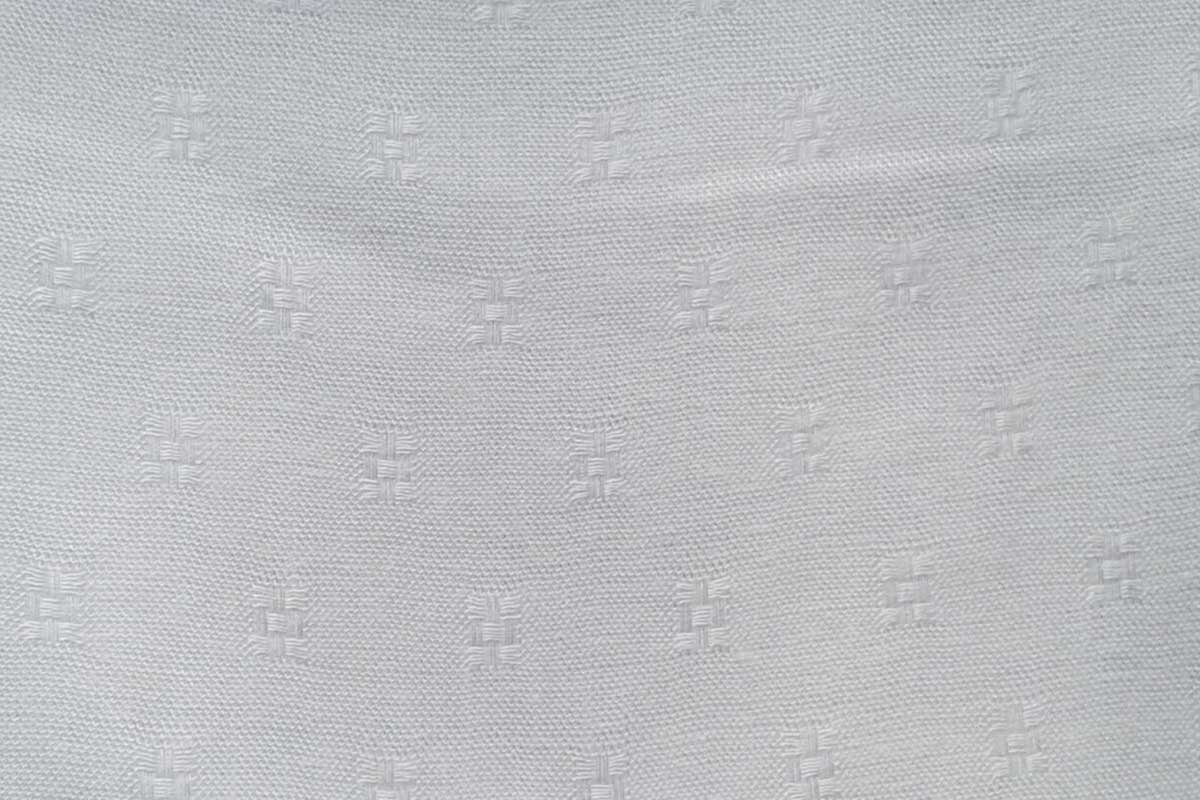Suitable for blending or nonwovens, rose petal fiber is an eco-friendly alternative to silk, one major environmental polluter
Rose petal fiber: a plant-based alternative
As traditional silk is often harvested from silkworms that are killed, from companies that rely on child and forced labor, using energy intensive processes and harmful dyes to work the silk with, fashion brands have turned to plant-based alternatives, like rose petal fiber, that imitates the feel of silk. With the onset of global warming and climate change, a growing level of environmental consciousness, and the easing of legislative regulations, there is a resurgence of interest in the use of natural raw materials for the textile industry.
Silk-like materials are created from plant or agricultural waste, including orange peels, bananas, milk and rose petals, which use cellulose as the raw material. Rose petal fiber is a cellulose fiber: some of them come directly from the plant, others like bamboo and viscose are regenerated, meaning they are broken down to the cellulose of the plant where the fiber is manufactured from. All plant-based fibers have to go through a process where they are separated from the parts of the plant that are not used for the end product, usually through harvesting, separating from the chaff, and cleaning.
Some of these processes can be considered natural and organic, while some require intensive use of chemicals, which can negate their validity, such as bamboo. Rose petal fiber belongs to the regenerated type, particularly a blend of cellulose and rice protein, and is made from natural waste of rose petals and rose bushes. It is classified as a type of bast fiber – also called phloem fibre or skin fiber – which is collected from the phloem, the inner bark, sometimes called skin, surrounding the stem of dicotyledonous plants.
Lampoon reporting: biodegradable rose fiber derived from Indian rose bushes
The term rose fiber refers to the fiber made from actual rose plant waste, but it is also commonly affiliated to fibers that are soft-silk in touch, while in reality they are just a viscose made from a percentage of sixty percent or more polyester. When referring to biodegradable rose fiber, we refer to the one derived from Indian rose bushes, cultivated without the use of any chemical fertilizer and dyed using natural GOTS certified pigments.
Products often labelled as rose fiber include pink yarns, whose color is given by rose flowers turned into powder and then added to the viscous solution prior to spinning. Biodegradable rose fiber does not present any increase in pigmentation while undergoing the manufacturing process, appearing raw white in color. Among the advantages of using rose petal fiber there is skin care, only when blended with other organic fibers. Rose is a natural skin toner that helps skin inflammation problems and solves prickly heat issues in the skin.
Rose petal silk textile properties
The antioxidants contained in rose petals fight off free radicals, skin irritants, excess sebum and germs, cooling and smoothing sensitive parts of the body and supporting the nervous system. In regards to its textile properties, rose petal silk is relatively strong, machine washable and resistant to pilling; the costs are lower than conventional silk.
Spinning this fiber is quite a time-consuming process: being very fine and slippery, it needs to be spun with a tight twist, using the smallest whorl size wheel. Worsted spinning method uses a short forward draw, spinning from the top of the fiber bundle and drawing out a small amount of fiber at a time and not letting the twist get into the fiber bundle. Also, it is versatile, meaning it can be mixed in with other fibers or used on its own, and can biodegrade in soil.
Plant-based fibers and the high costs allocation for industries
Silk from mulberry worms produced conventionally is usually where worms are bred and reared in captivity. These processes both result in high volume input of feed, and high-volume output in cocoons. The feed and the removal of sericin gums from the fiber use chemical inputs including pesticides, herbicides, fungicides and synthetic fertilizers, added to subsequent fiber bleaching, metallic salts to increase weight and density, and also chemical dyes are being used. For consumers who are concerned about the impact of their fabric choices on animals, workers and the environment, silk and other fibers made from the side of other living beings are a questionable investment.
Plant-based fabrics might still be flawed and at their early stages of development, but represent a more environmentally-conscious alternative. Sustainable or ethical clothing and fair production have many meanings and for them to be more than just concepts they have to gain support from global certification that set defined and transparent standards. In this regard, naturally sourced and sustainable rose petal fibers need to be GOTS certificated and undergo on-site inspections, from the first processing stage, that should show evidence that organic and conventional fibers are never commingled to avoid contamination, to the manufacturing and then trading. It is not easy for producers to rely exclusively on plant-based alternatives. While causing minor environmental impact in terms of amounts of water and energy used on one hand, on the other these fibers represent higher costs allocation for industries.
How to make new natural materials more available
First, consumers should prioritize plant-based textile over synthetic petroleum-based ones or animal-derived materials because the cycle of such is local from harvest to decay and the suppliers are regional and support fair trade. Second, while working with these materials, final outcomes are biodegradable. Fashion, on its own and in its current form, creates significant problems that threaten the planet, one of which is microplastics pollution. The annual estimation of bits of microplastics discharged during the washing of petroleum-based textile – such as polyester, nylon or acrylic – is half a million tons, an amount of waste which pollutes oceans and soils and will remain in the ecosystem as it doesn’t biodegrade.
Nomadica Clothing
The majority of plant-based nonwovens can fully return into nature delivering micronutrients and mineral salts back into the soil. In fiber form, it depends on the blending. Pioneers of the textile industry are opting for other plant-based alternatives, such as organic cotton which creates lesser amounts of stress to the ecosystems. Nomadica Clothing is one of the brands that decided to produce using only plant-based fibers, including rose petal.
«Using rose petal fiber, we are allowed to use less amounts of resources and sustain local Indian manufacturers. We decided not to dye our clothes made with this fiber and leave the raw color that the process creates» explains Asherah Kaliyana, founder and creator. It’s up to the consumer to decide whether the impacts of conventional industry on the environment are justifiable or not, by asking for a higher demand in plant-based fibers to boost the ongoing tendency or just to make it remain a valid alternative.
Asherah Kaliyana
Founder and creator of Nomadica Clothing, a brand that invites customers to buy clothes in a more eco-conscious way. Currently the brand’s main supplier comes from India, which supplies them with organic and GOTS certified Fabrics.




















